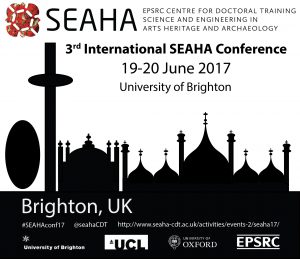Cities’ Identity became a pressing issue for many countries nowadays. Every city has its unique and valuable identity, this identity is revealed through its physical and visual form, it is seen through the eyes of its residents and citizens. The city develops over time, and its identity evolves with it. Reflecting the rapid and constant changes the city is subjected to, Architecture and Arts are the embodiment of the cultural, historical, and economical characteristics of the city.Urban Identities: the conference will present & discuss examples and tendencies in dealing with urban identities as well as the transformation of cities and urban cultures mentioned in terms of their form, identity, and their current art.
Contemporary art when subjected to experiments, continues to be produced in various directions, to be consumed and to put forward new ideas. Art continuously renews itself -from new materials to different means of communication, from interactive works to computer games, from new approaches to perceptional paradigms and problems of city and nature of the millennium.
This conference is dedicated to the investigation of the different new approaches developed in Architecture and Contemporary arts. It will focus on the basis of urban life and identities. The Conference also will display how citizens look at their city and how it is in a physical or mental manner compared, by them, with the ideal city by their own perception. Moreover, the city’s identity presents distinctive aspects that clarify its uniqueness and distinguished from any other city.
IEREK aims with this conference to offer the researches from different perspectives and views how Architecture and Contemporary arts are developed. Also, IEREK aims to emphasize on the basis of urban development and identities as well as investigate the various approaches made in the field of both Architecture and Contemporary Arts.
he Conference will be held in a Venue that combines both Architecture and Contemporary Arts, the TCairo Opera House in Cairo, Egypt.

 Follow
Follow